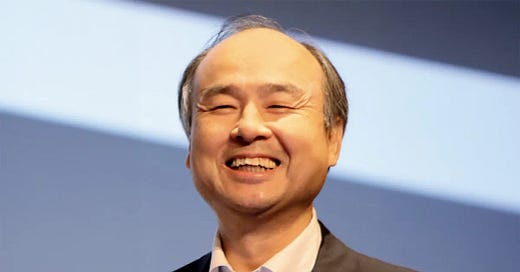What If Masayoshi Son Turned That $1B Toward Japan?
A quiet question about legacy, risk, and what it means to build the future
Masayoshi Son’s proposed AI mega-hub in the Arizona desert is one of the boldest industrial visions we’ve seen in years. Project Crystal Land imagines a trillion-dollar ecosystem of robotics, chips, and AI infrastructure—built from the ground up. It’s the kind of ambitious play that has defined Son’s career, and whether or not it’s fully realized, the fact that he’s even attempting it is impressive.
Watching it take shape, I’ve found myself wondering what might happen if that same scale of imagination were pointed toward rural Japan. Not as a nostalgic gesture. Not as a policy compliance move. But as a serious investment in building something new where the ground is still flexible, and the systems haven’t hardened.
The truth is, rural Japan has rarely been given the resources to innovate. For decades, it has been managed, not developed. But what if it were treated as a frontier? A place for experimentation in robotics caregiving, localized AI deployment, distributed data centers, and regional entrepreneurship. The infrastructure is halfway there. The need is undeniable. The upside is waiting.
There is no contradiction in admiring what Son is trying to do in Arizona and also imagining what he could do in Tohoku, or Shikoku, or the Izu Peninsula. These places are not lost. They’re simply not part of the current equation. But they could be—if someone decided they were worth betting on.
We don’t need to recreate Silicon Valley. We need something local, grounded, and ambitious in its own way. Something that understands legacy while refusing to be limited by it. Something that says Japan’s future is not just urban, but national.





